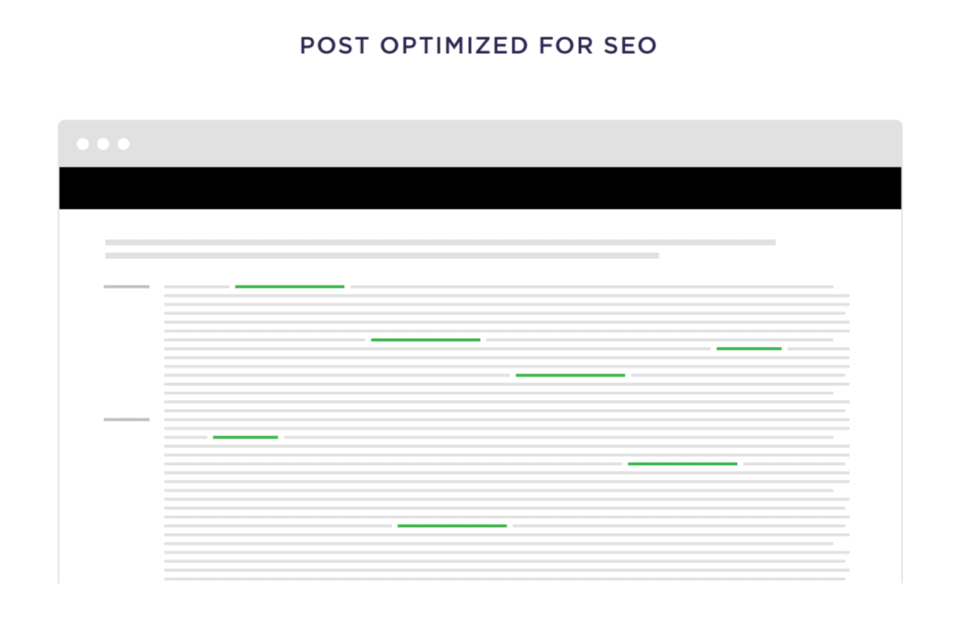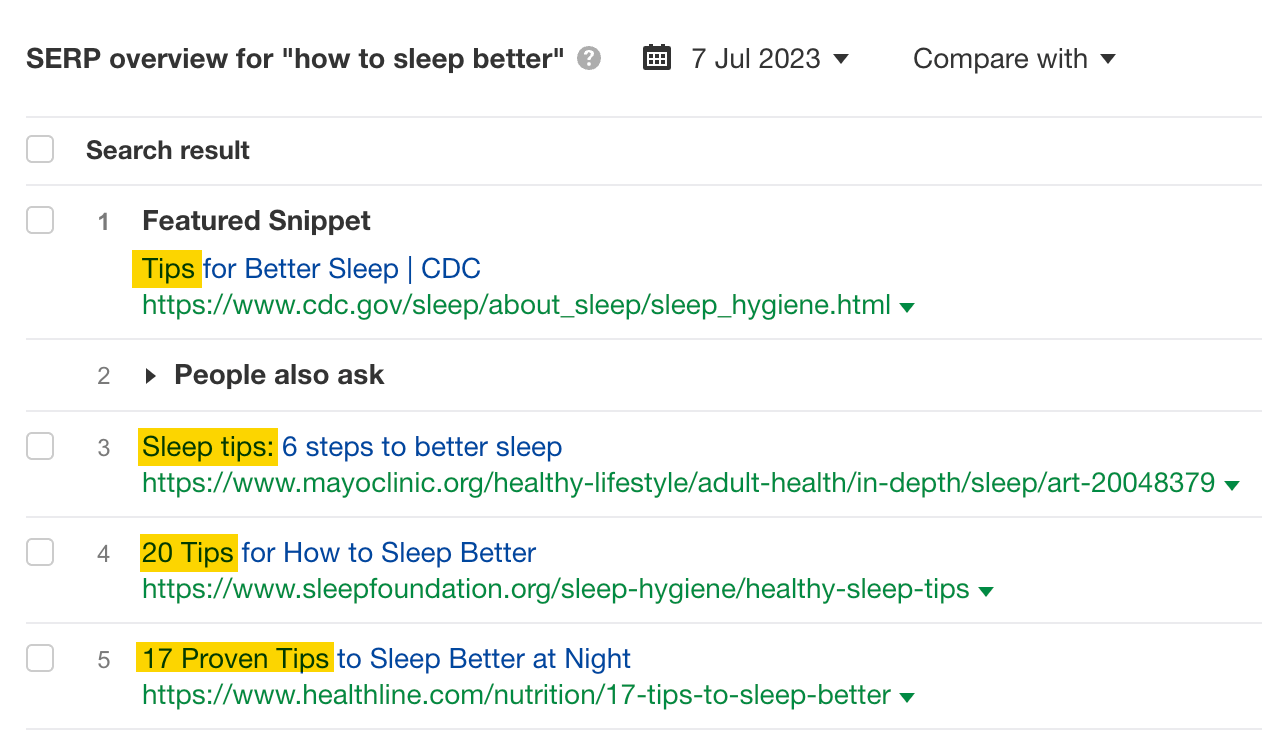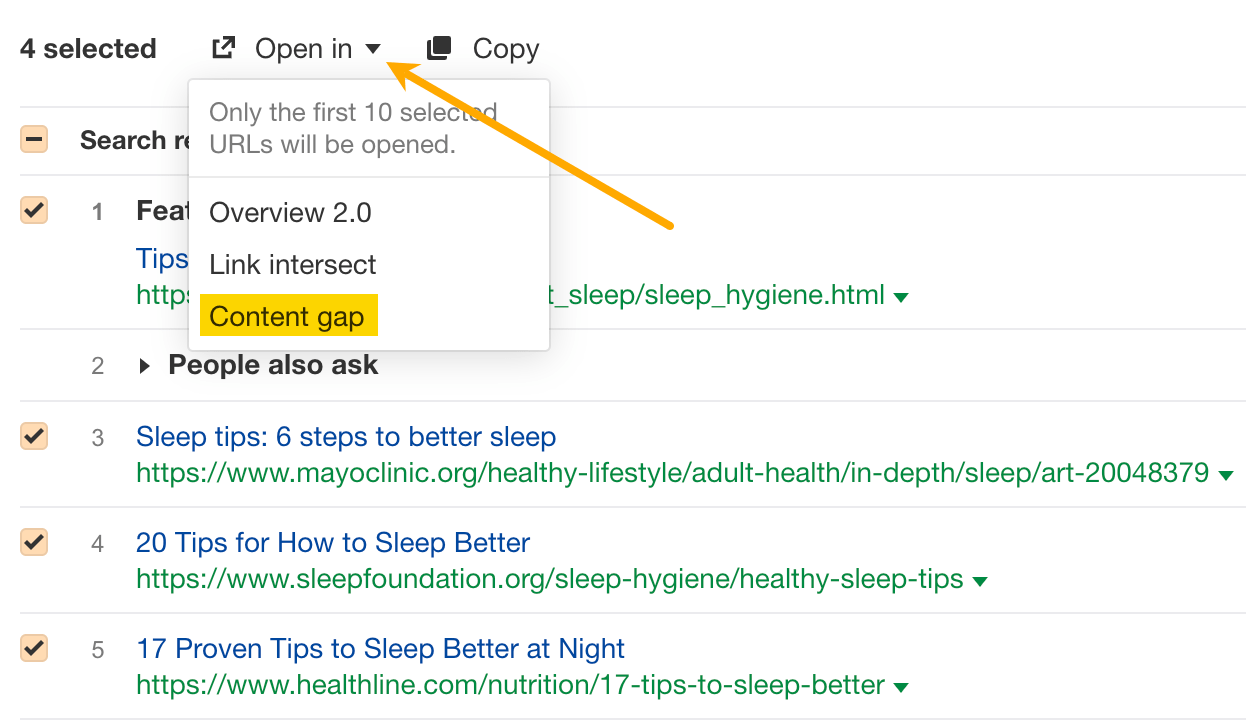SEO copywriting is a crucial aspect of digital marketing that can significantly influence your online presence and success. At Octopuswriters, we understand the intricacies of crafting compelling content that not only engages your audience but also meets the stringent requirements of search engines. In today’s competitive landscape, leveraging effective SEO copywriting strategies can enhance your visibility, drive organic traffic, and ultimately boost conversions. Join us as we explore how to elevate your content game and make a lasting impact on your target audience.
What is copywriting?
Copywriting is a specialized form of writing aimed at creating persuasive marketing content designed to encourage readers or listeners to take a specific action. This action might range from making a purchase, signing up for a newsletter, clicking a link, donating to a cause, or scheduling a meeting with a business.
Copywriting materials can come in many forms, whether digital or physical. These can include written advertisements, emails, social media posts, and website content. Additionally, copywriting is used in scripts for videos, commercials, and other spoken media, where the goal remains to captivate and engage the audience effectively.
The text crafted for these purposes is called “copy,” which is where the term “copywriting” originates. Copywriting, however, should not be mistaken for “copyright.” Copyright is a legal concept granting creators exclusive rights to their original works, like books, music, and art, denoted by the © symbol. While copywriting focuses on creating impactful messages, copyright serves to protect the ownership of these messages and other creative works, preventing unauthorized use or reproduction.
How Does Copywriting Help With SEO?
When people hear the term “copywriting,” they often picture old-school advertisements or newspaper ads from decades ago, like those from the 1950s. However, copywriting has evolved far beyond those traditional formats and remains highly relevant today — especially for digital marketing and SEO.

Effective copywriting can play a crucial role in improving a website’s ranking on Google. Here’s how.
Imagine two blog posts.
Blog Post A:

This post is crafted with the usual on-page SEO practices: strategic keywords, meta descriptions, and proper headings. Yet, the writing itself is average, not particularly engaging or polished.
Now consider Blog Post B:

Like Blog Post A, it’s optimized with SEO keywords, but it also features engaging, high-quality writing that’s compelling for readers. It doesn’t just meet SEO criteria; it’s crafted to hold the reader’s attention and provide value.
Because Blog Post B merges strong SEO optimization with persuasive and engaging copy, it naturally attracts critical ranking signals that boost search engine performance. These signals include:
More backlinks from other sites
- Lower bounce rate, as readers stay on the page longer
- Increased dwell time, signaling to Google that users find the content valuable
- A higher-than-average click-through rate in search results
- Greater engagement on social media, including shares and comments
- A sense of community, with more user comments and discussions
In the end, Blog Post B will likely outperform Blog Post A in Google rankings because it combines SEO elements with the art of compelling copy, delivering an optimized experience for both search engines and users. This synergy gives Blog Post B a competitive edge, helping it to outperform similar content.
Why is SEO copywriting important?
Content that ranks well on search engines but doesn’t contribute to business goals ultimately lacks purpose. Similarly, content that captivates an audience but fails to attract organic search traffic won’t achieve its full potential.
The real value lies in combining strong SEO practices with effective copywriting. By merging these elements, you can create content that not only ranks highly in search results but also engages readers, encourages them to share, and ultimately drives them toward conversion actions like purchasing or subscribing.
This approach is the foundation of how Ahrefs has grown to attract 2.4 million search visits monthly while building a solid eight-figure annual recurring revenue (ARR). This SEO content strategy fuels our growth by aligning visibility with meaningful engagement and measurable outcomes.
B2B vs. B2C copywriting
Marketing and copywriting strategies vary significantly between B2B and B2C businesses due to the distinct nature of their audiences.
In a B2C setting, the copy often takes on a more personal tone, as individual consumers are generally more driven by emotions. Copy in B2C campaigns frequently aims to tap into the emotional motivations of the audience, appealing to their desires, values, or aspirations. By crafting emotionally resonant messages, B2C copywriting can inspire impulse purchases and create a connection that encourages buying decisions.
In contrast, B2B transactions are rarely driven by emotion and involve a more complex decision-making process. The B2B sales cycle is typically longer, requiring various considerations like budget approvals, compliance checks, and alignment with company goals. As a result, B2B copywriting often takes a professional, straightforward approach. The goal is to guide the audience gradually through each stage of the sales funnel, providing logical, value-driven insights that demonstrate ROI and address specific business needs.
In essence, while B2C copy may lean on emotion to engage individual buyers, B2B copy focuses on clear, factual communication that aligns with the priorities and processes of business clients.
Types of copywriting
There are various forms of copywriting, each serving a unique purpose in reaching and engaging an audience. Here are some of the most valuable types to consider:
Social Media
Social media copywriting is one of the most frequently used types, as millions of people interact on platforms like Facebook, Instagram, and Twitter daily. Well-crafted social media posts can serve as effective tools for directing followers to landing pages, websites, products, or blogs, while building engagement and brand awareness.

Email copywriting enables you to stay connected with your audience over time. For instance, you might launch an email campaign that includes a sequence of messages sent out over several weeks, aimed at nurturing leads, providing updates, or announcing new offerings. This approach keeps your brand in your audience’s inbox and mind.
SEO
SEO copywriting focuses on creating content that improves search engine rankings, whether for on-page SEO or local SEO. This type of copy is designed to enhance visibility on search engines, helping potential customers discover your business when searching for relevant products, services, or information. Optimized copy tailored to specific keywords is essential for attracting search-driven traffic.
Blog

Blogs offer an excellent avenue for sharing valuable, educational content with your audience. Writing blog posts not only allows you to provide insights and solutions for your readers but also strengthens your website’s authority. Additionally, blog content can be repurposed for other formats, such as social media posts, newsletters, or even podcast scripts, maximizing its reach.
Website
Website copywriting involves creating clear, informative pages that enhance user experience and support SEO goals. This could include writing for landing pages, FAQs, service descriptions, and more. Given the diversity of devices people use, it’s essential to ensure your website content is optimized for both desktop and mobile views.
Product Descriptions
For businesses with multiple offerings, product copywriting involves crafting detailed descriptions that convey the key benefits and technical information about each product or service. A well-tailored tone and voice are vital here, as this copy directly influences purchasing decisions.
As you create various types of copy across channels, prioritizing brand consistency is essential. Each piece of copy reflects your brand’s identity and values, so cohesive messaging helps your audience understand what your company stands for and builds trust in your brand.
How to do SEO copywriting
Stage 1: Research
Begin with Comprehensive Keyword Research
Before you start writing, identify topics your audience is actively searching for. Conducting keyword research helps you target the terms that will draw organic traffic. Use a keyword research tool like Ahrefs’ Keywords Explorer to enter relevant keywords, check the “Matching terms” report, and pinpoint viable terms for your content. This process ensures you’re writing content that directly addresses user interests and needs.
Align with Search Intent

Google prioritizes ranking content that matches what users are seeking. When users search, they may be looking for blog posts, videos, product pages, etc. To align with search intent, look at the top-ranking pages for your target keyword. For example, if list-based blog posts dominate the results for “how to sleep better,” your content should follow that format for the best chance of ranking.
Develop a Data-Driven Outline

Expanding on a main topic with well-researched subtopics can boost your chances of ranking for additional keywords. Use the “Content Gap” feature in Ahrefs to find common keyword rankings among top-ranking pages, which can help structure your post. For instance, subtopics for “how to sleep better” might include sections on sleep hygiene, age-based sleep needs, and techniques for falling asleep, helping you create a comprehensive resource.
Give Your Content a Unique Perspective
To attract backlinks and stand out, your content needs a unique edge. One way to achieve this is by writing from personal experience, offering real-world insights rather than generic advice. Google’s E-E-A-T (Experience, Expertise, Authoritativeness, Trustworthiness) framework values experience, so sharing tested tips adds credibility to your content.
Apply the Inverted Pyramid Technique
Lead with the most critical information so readers get immediate answers, then expand on details. This “inverted pyramid” style captures readers quickly, helping reduce bounce rates and enhancing dwell time. For example, in a post about digital marketing, define the core term upfront to give readers immediate clarity.
Establish Credibility and Proof
Build trust by proving expertise. Google’s quality raters use E-E-A-T to assess content, so highlight why your information is reliable. If you’re lacking specific expertise, consider interviewing experts or using quotes to add authoritative voices to your content.
Stage 2: Drafting
Engage Readers with the PAS Formula
The Problem-Agitate-Solution (PAS) approach is a powerful way to hook readers. Start by introducing a relatable problem, intensify the urgency, and then present your solution. This approach effectively captures attention and encourages readers to continue.
Use “Bucket Brigades” to Retain Interest
Bucket brigades are transitional phrases that spark curiosity and keep readers engaged. Phrases like “But there’s more,” or “Here’s what you need to know next” create a natural flow and encourage readers to keep scrolling.
Include an FAQ Section to Address Reader Questions
Incorporating a frequently asked questions (FAQ) section helps capture additional long-tail keywords and serves readers who want quick answers without disrupting the article’s flow. Tools like Ahrefs’ Keywords Explorer can help identify commonly asked questions on your topic.
Stage 3: Editing
Optimize for Featured Snippets
Featured snippets can bring content to the top of search results by answering questions directly in search results. Look at the featured snippet for your target keyword to understand the format and include a concise, direct answer in your content to increase your chances of winning the snippet.
Write Conversationally
Avoid jargon or overly formal language that can alienate readers. Strive for a conversational tone, as if you’re speaking to a friend. Tools like Hemingway can help simplify your writing and improve readability.
Improve Readability with the ASMR Formula
Make your content easy to read and visually appealing. Here’s how:
- Annotations: Add notes, quotes, or embeds to break up text.
- Short Sentences and Paragraphs: Use simple sentences and short paragraphs to improve flow.
- Multimedia: Images, videos, or infographics can help illustrate points without added text.
- Read Out Loud: Reading your draft aloud helps you catch awkward phrasing and refine the rhythm of your content.
Each of these stages and tips can enhance your SEO copywriting strategy, leading to content that ranks well and resonates with readers.
Copywriting tips for effective campaigns
To create an effective copywriting campaign, keeping a few essential strategies in mind can make a substantial difference. Here are some key tips for impactful copywriting:
Define Your Brand Identity
Establish a clear brand identity before crafting your copy. This means having a consistent voice and tone across all content so that your brand sounds unified and recognizable to your audience. Consistency helps reinforce your brand’s character and builds trust with readers.
Prioritize Clarity
When writing copy, ensure your message is straightforward. Rather than using overly complex or clever language, focus on delivering information in a way that’s easy to grasp. Clear communication is essential for keeping your audience engaged and helping them quickly understand your message.
Analyze Competitors
Studying your competition can provide valuable insights. Identify competitors who have excelled in your industry and examine their strategies. Observe what they’re doing effectively, and consider which aspects could inspire your own approach in future copywriting projects. Learning from others’ successes can help you refine your own tactics.
Read Aloud for Flow
Before publishing any copy, read it aloud. This exercise allows you to identify odd phrasing, redundancy, or faults that might otherwise go unnoticed. It’s a simple step but can significantly enhance the quality and readability of your copy.
Use Active Language
Active writing engages and motivates readers to take action. By using active voice, your copy will sound direct and energetic, making it easier to understand and more persuasive. This technique is particularly useful for inspiring your audience to follow through with a call to action.
Incorporate Storytelling
Stories resonate with people on an emotional level, so incorporating storytelling into your copy can make it more relatable and memorable. A well-told story can guide readers through each stage of the customer journey, giving them a reason to connect with your message and take the next step.
Applying these strategies can strengthen your copywriting efforts and make them more effective. Since strong copywriting is foundational to most digital marketing campaigns, following these best practices will help you develop content that resonates with audiences and drives results.
Bonus SEO copywriting tips
These additional SEO copywriting tips can help take your content to the next level:
Use a Table of Contents (ToC)
A table of contents can help readers quickly assess if your content meets their needs by allowing them to navigate directly to sections of interest.
Example of a Table of Contents
Providing a ToC not only enhances user experience but can also encourage readers to explore more of your content. Once they start reading, they may feel drawn in and continue through the rest of the material.
Additionally, a ToC may lead to sitelinks appearing for your page in Google’s search results, giving users a quick overview of your content’s structure. This can increase visibility and potentially attract more clicks.
Write Compelling Title Tags to Increase Clicks
The title tag is often the first element a user sees in search results, so it’s crucial to make it attention-grabbing.
Example of a Title Tag: To easily create attractive title tags, consider using a free title tag generator. Just input your topic, choose a tone, and hit “Generate Title.”
AI-Generated Title Tag Example: The tool will provide a suggested title tag that you can further refine to make it even more appealing.
These strategies help make your content more accessible and clickable, ultimately driving more traffic to your pages and enhancing SEO performance.
SEO copywriting tools
In SEO copywriting, tools can be invaluable allies, helping streamline the content creation process and enhancing your results. Here’s a list of recommended tools that can support you in crafting effective, optimized content:
Ahrefs
Ahrefs offers a suite of powerful SEO tools, ideal for keyword research, uncovering content ideas, identifying content gaps, and discovering potential outreach opportunities. It also provides insights into competitor strategies, helping you stay competitive, and allows you to monitor your search rankings over time.
Google Search Console
Google Search Console is essential for tracking your site’s performance in search results. It shows whether you’re ranking for your target keywords, how much organic traffic you’re generating, and alerts you to any technical issues that may impact your rankings.
Ahrefs’ Free AI Writing Tools
Ahrefs also offers a collection of free AI-driven writing tools, which can be useful for generating ideas for content structures, paragraphs, title tags, meta descriptions, and more. These tools simplify brainstorming and content planning, helping you kickstart the writing process.
Grammarly
Grammarly serves as a digital writing assistant, allowing you to catch grammatical errors, enhance clarity, and refine your language. With both a free and premium version, it’s a valuable resource for ensuring polished, professional content.
Hemingway
The Hemingway app is designed to improve readability by simplifying your writing. It highlights complex sentences, passive voice, and overly complicated words, helping you create clear, reader-friendly content that’s easy to digest.
ChatGPT
ChatGPT can be highly versatile in the SEO copywriting process. You can use it to brainstorm outlines and content briefs, proofread and edit content, generate title tags and meta descriptions, and even uncover relevant long-tail keywords.
These tools collectively cover various aspects of SEO copywriting, from keyword research to content optimization, readability, and grammar, making it easier to produce high-quality, effective content that ranks well on search engines.
Hiring in-house vs. freelance copywriters
Hiring in-house
Hiring a full-time, in-house copywriter can offer a range of benefits for brands seeking consistent and cohesive content creation:
Deeper Brand Knowledge: An in-house copywriter develops a thorough understanding of your brand’s values, goals, and audience. This immersion enables them to align closely with your brand’s voice and tone, producing content that feels authentic and consistent.
Cost-Effective for High Content Needs: For companies that need large volumes of content, having a dedicated in-house writer can often be more economical than continually hiring freelancers. This is especially true if you require frequent updates across multiple platforms, such as blog posts, social media content, and marketing emails.
Greater Creative Control: Since in-house writers are part of your team, you can have more direct oversight over content creation. This includes the ability to provide instant feedback, shape the creative direction, and involve them in strategic planning, ensuring content aligns with your marketing initiatives.
However, in-house writers can come with some downsides:
Higher Costs for Low-Volume Needs: If your business only needs occasional content—perhaps a few pieces each month or even annually—the costs associated with a full-time writer may be higher than anticipated.
Limited Scalability: An in-house writer may struggle to meet sudden increases in content demand. Unlike freelancers, who can be brought on board as needed, a single full-time writer may lack the capacity to handle large projects with tight deadlines.
Skill Range Limitations: In-house writers may not always have specialized expertise in every area your business covers. You might need different types of content, such as technical articles, blog posts, or product descriptions, and in-house writers might not be able to deliver all these content types.
Freelance copywriters
Freelancers can offer flexibility, specialized skills, and cost-effective solutions, especially for companies that need scalable or specialized content solutions:
Scalability for Growth: Freelancers make it easy to scale your content production up or down. If you have a sudden increase in content needs, you can hire additional freelance writers to meet the demand without making long-term commitments.
Access to Specialized Expertise: Many freelancers have niche skills or industry-specific knowledge, allowing you to source experts for specific content areas. For example, you could work with freelancers who specialize in technical writing, medical content, or SEO-focused blog posts.
Potential Cost Savings: Working with freelancers can sometimes be more affordable, especially if you only need content periodically. Freelancers typically charge per project or per word, so you pay only for the content you need.
Nonetheless, hiring freelancers has its challenges:
Less Creative Control: When working with freelancers, you don’t have the same level of involvement in their process. You may receive the content as a completed product, which may not fully align with your vision. This lack of control can sometimes lead to unexpected outcomes and require revisions.
Limited Brand Familiarity: Freelancers may not have an intimate understanding of your brand, which can make it challenging for them to match your brand’s voice and tone accurately. Unlike in-house writers who live and breathe the brand every day, freelancers typically juggle multiple clients and may need more onboarding to get up to speed.
Potential Communication Gaps: Freelancers may work outside your normal business hours, which can lead to delays in response times or miscommunications. If real-time collaboration is crucial for your workflow, these scheduling differences could pose a challenge.
SEO copywriting for international sites
Crafting quality content is challenging enough, but adapting it for multiple languages and regions introduces even more complexity. For businesses managing websites across various locales, translation isn’t always straightforward. One key issue is the presence of “false friends”—words that appear similar across languages but carry different meanings. Misinterpreting these can lead to messaging errors.
Developing content for multilingual sites is demanding, yet achievable through three primary methods:
Translate existing content: This is often the simplest method, but it carries risks. Translation alone doesn’t guarantee that the tone and message align perfectly with the original. Always have a native speaker review the translation to confirm it captures the intended meaning and style.
Create original content for each market: This approach yields high-quality, tailored content as it’s created by local teams familiar with the culture and language. However, it requires significant time and resources, as it bypasses the benefits of reusing existing content.
Transcreate content: This is a hybrid approach, combining elements of translation and original creation. By adapting existing content to suit the local audience, transcreation maintains the core message while making it more relevant for the target market. Native speakers with cultural insight should oversee this process to ensure effectiveness.
SEO Copywriting – Frequently Asked Questions
How important is keyword density in SEO copywriting?
Keyword density poses a significant challenge for content creators. If you include too few keywords, your content risks falling short in search rankings. Conversely, if you overuse keywords, it may lead to content stuffing, which can severely hinder your chances of ranking well. For instance, imagine trying to boost your ranking by repeating “SEO Copywriting” 438 times in an article; this strategy would likely backfire rather than yield positive results.
So, how do copywriters navigate this dilemma? SEO writing tools, like SEMRUSH, can offer guidelines on the optimal frequency of keyword usage, along with suggestions for related keywords and phrases. However, these recommendations are often based on a basic analysis of high-ranking articles rather than a comprehensive understanding of effective content strategies.
While Google does not disclose the specifics of its ranking algorithms, it’s reasonable to assume that the system employs advanced semantic analysis, assessing content not just on keyword frequency but also on perceived quality and authority.
Therefore, our recommendation is to focus less on the exact number of keywords and more on integrating them naturally and effectively into your writing wherever relevant. This approach enhances the overall quality of the content, which ultimately benefits your SEO efforts. On web pages, where keyword stuffing tends to be more obvious, it’s essential to adopt a more nuanced and strategic methodology to optimize your content without compromising its readability or quality.
What is the difference between SEO writing, SEO copywriting, and copywriting?
SEO writing and SEO copywriting essentially refer to the same practice. At its core, copywriting involves the strategic use of language to influence readers and motivate them to take a specific action, whether that’s making a purchase, subscribing to a newsletter, or engaging with a brand in some meaningful way.
In the context of SEO, this means not only crafting compelling messages that resonate with your audience but also optimizing your content to ensure it ranks well in search engine results. Effective SEO copywriting combines persuasive language with keyword strategies, helping to drive traffic while guiding potential customers toward conversion. This dual focus on appeal and visibility is what sets SEO copywriting apart as a vital component of successful online marketing.
What are the best practices for writing SEO-friendly headlines?
When crafting a headline, it’s crucial to accurately represent both the content and context of the article. A well-structured headline should align closely with the search intent of your audience, ensuring that it resonates with what readers are looking for. Additionally, incorporating your primary keyword or key phrase is important for enhancing visibility in search results.
We recommend that writers prioritize clarity and simplicity in their headlines. While humor can be effective in some contexts, it varies significantly across cultures and can often lead to misunderstandings. Therefore, it’s best to focus on straightforward language that conveys the message clearly without attempting to infuse humor. This approach will help you create headlines that are not only effective in engaging readers but also optimized for search engines.
What role does meta description play in SEO copywriting?
Meta descriptions are concise summaries, typically limited to 160 characters, that provide search engines with insights into the content of your page. It’s essential that these descriptions are crafted by someone with expertise in articulating the essence of the page while incorporating relevant SEO keywords you aim to rank for.
Instead of attempting to outsmart the algorithm with clever tricks, the key is to prioritize clarity and simplicity, tailoring your language to resonate with your target audience. When you focus on communicating effectively and authentically, the algorithm will recognize and reward your efforts, ultimately improving your page’s visibility in search results. By approaching meta descriptions this way, you ensure that they not only attract clicks but also accurately represent the content that follows.
Wrapping Up
Mastering SEO copywriting is essential for businesses looking to build a strong online presence and connect with their audience effectively. By balancing keyword optimization with engaging, high-quality content, you can attract readers, boost search engine rankings, and drive conversions. At Octopuswriters, we specialize in creating tailored SEO copy that resonates with your target market while enhancing visibility across search engines. Whether you need blog posts, web copy, or product descriptions, our team is ready to help you achieve results that elevate your brand. Reach out to Octopuswriters and let’s start optimizing your content for success.

